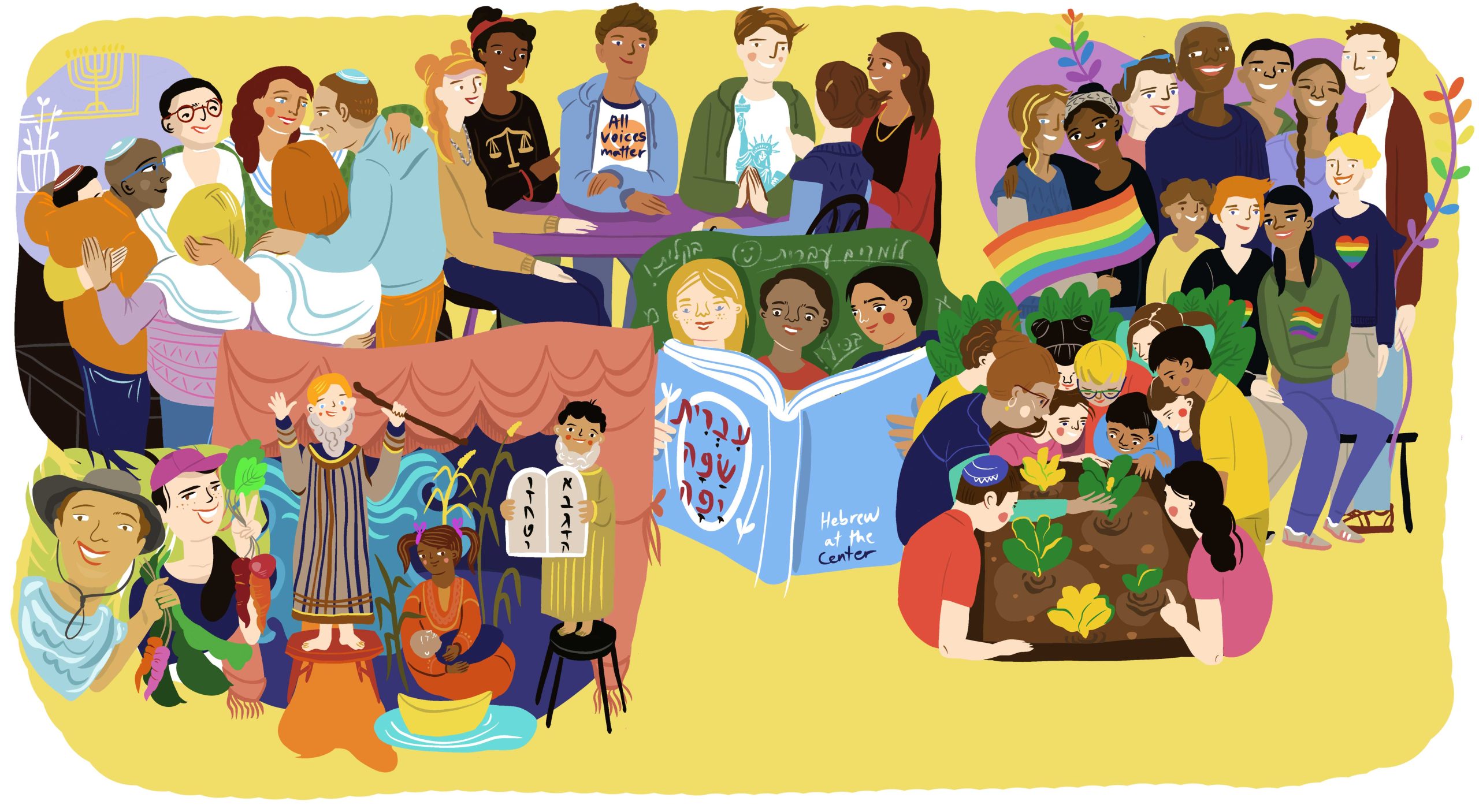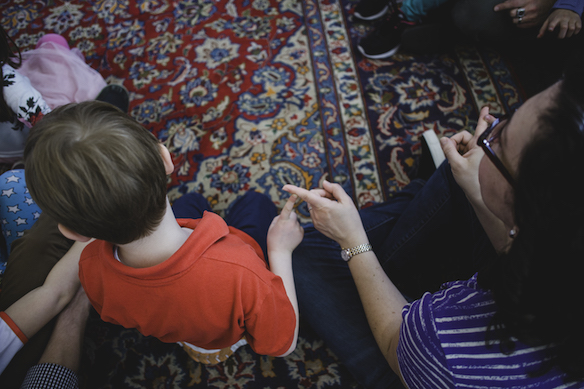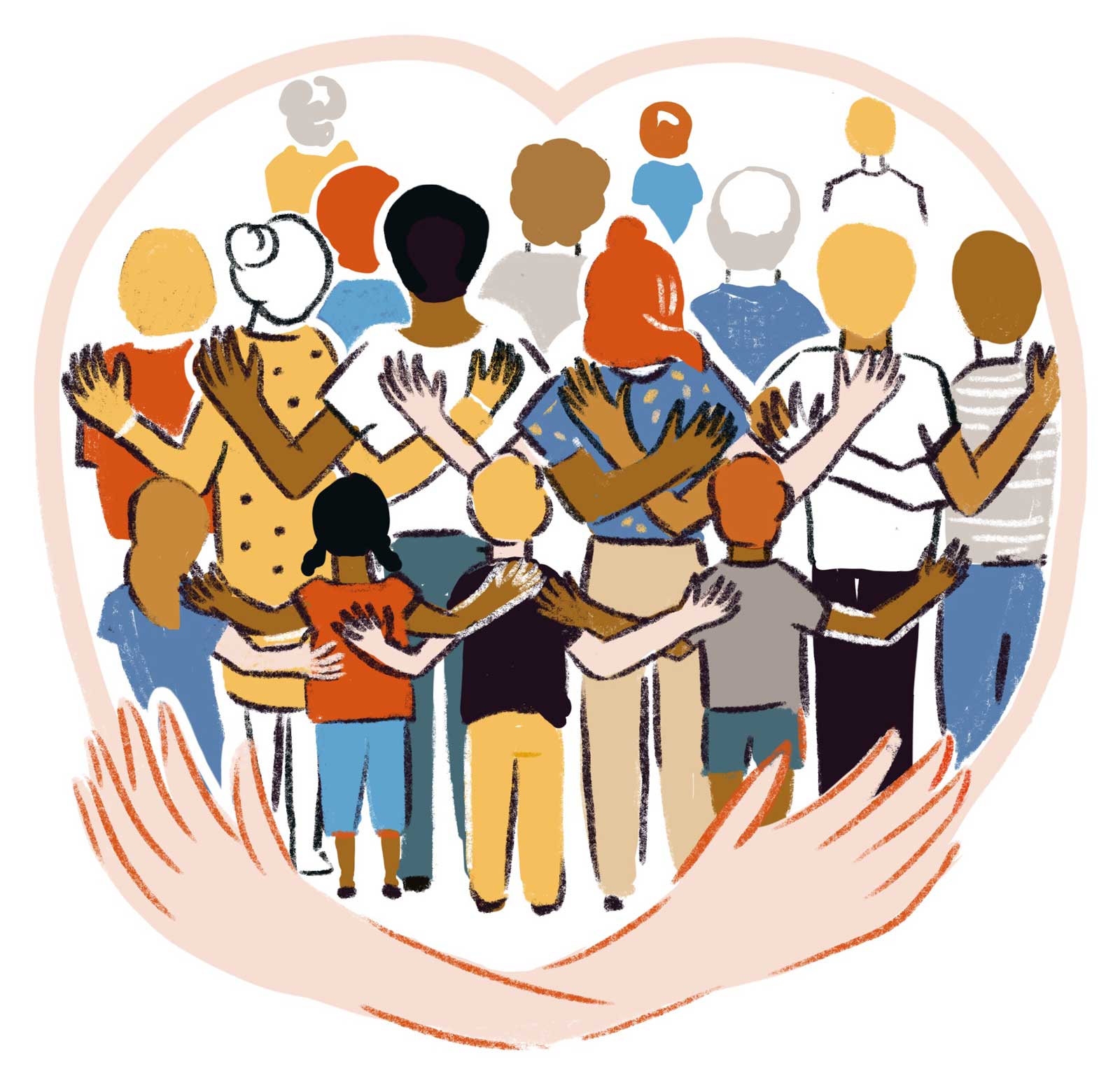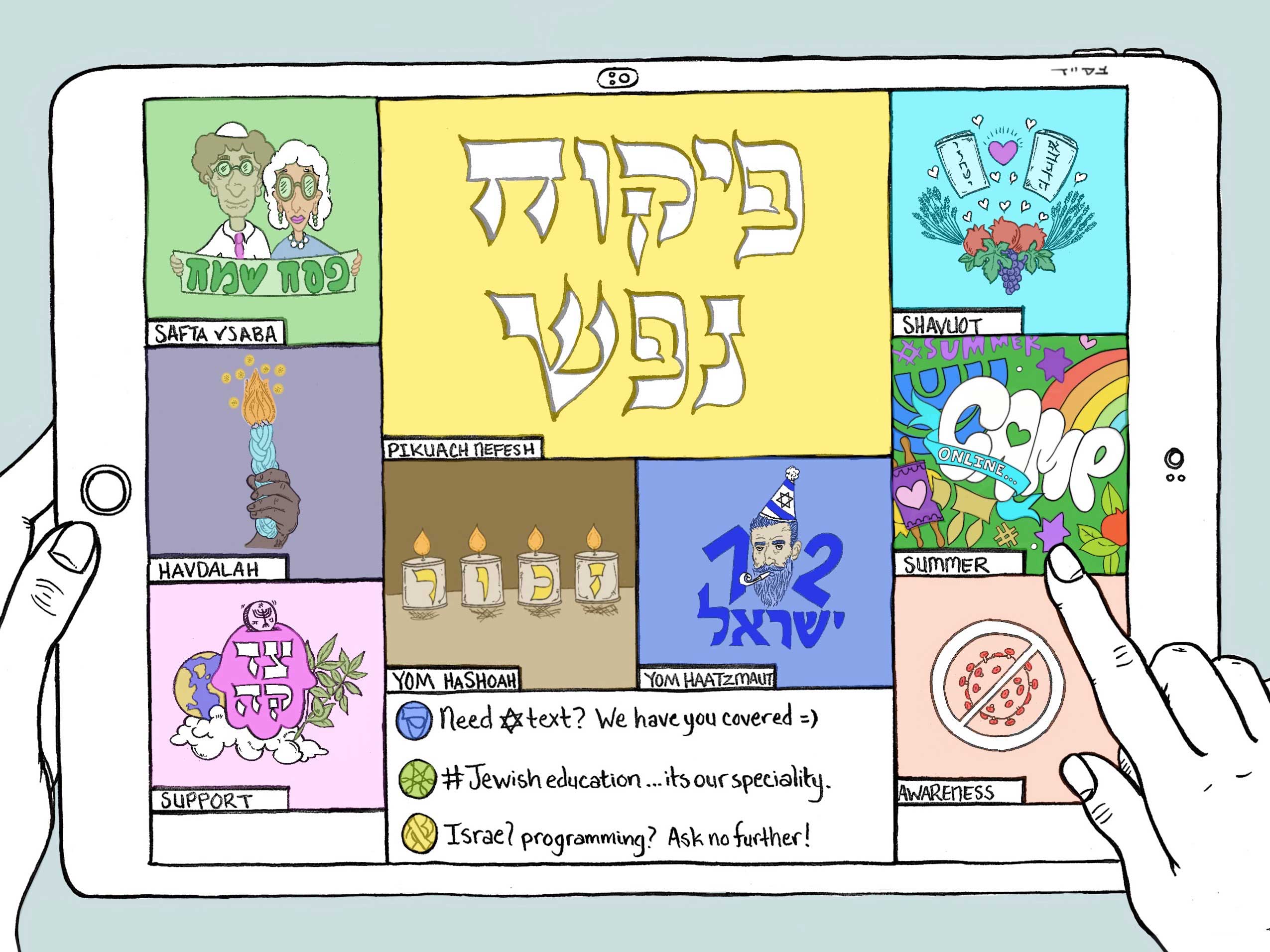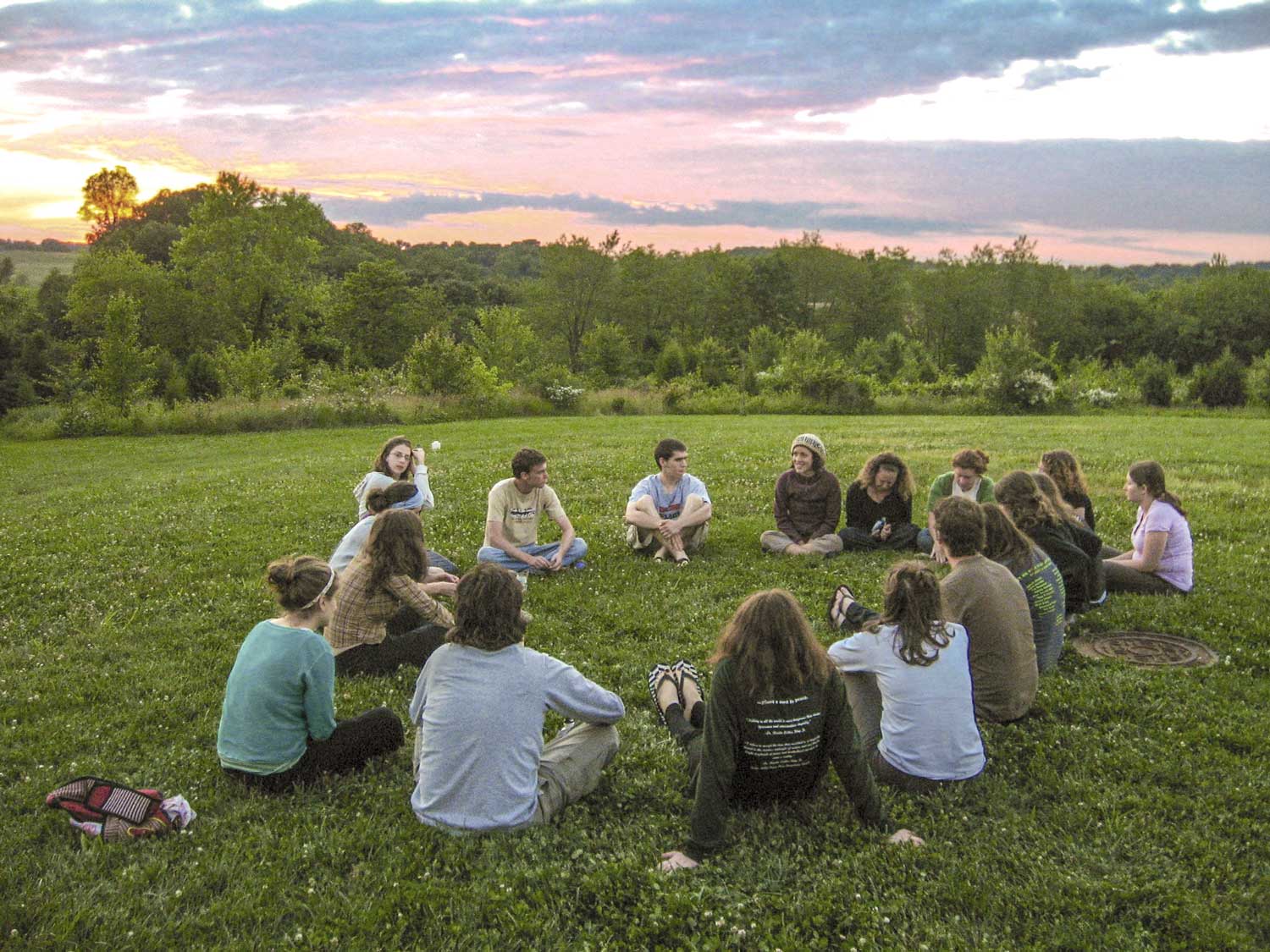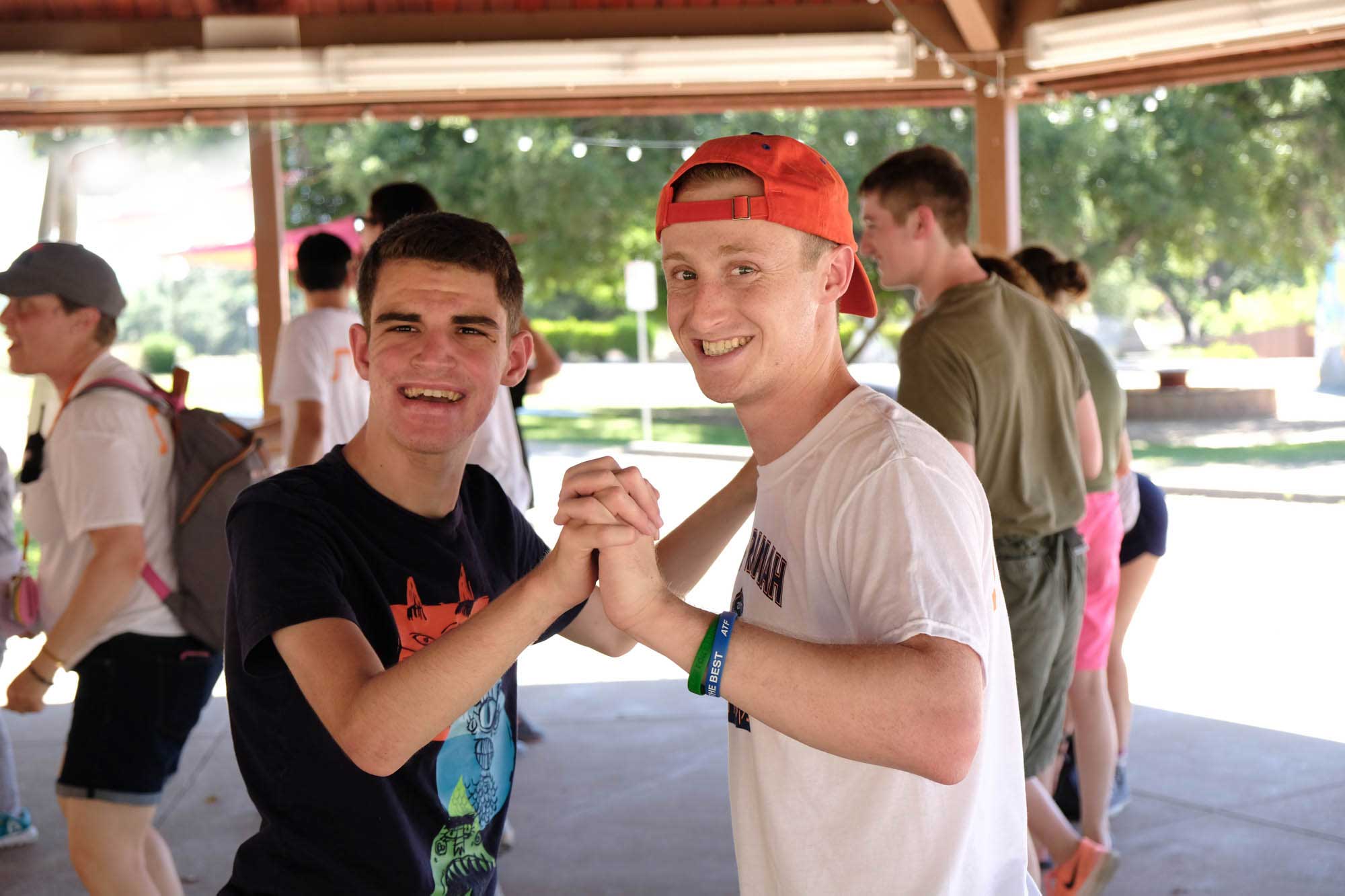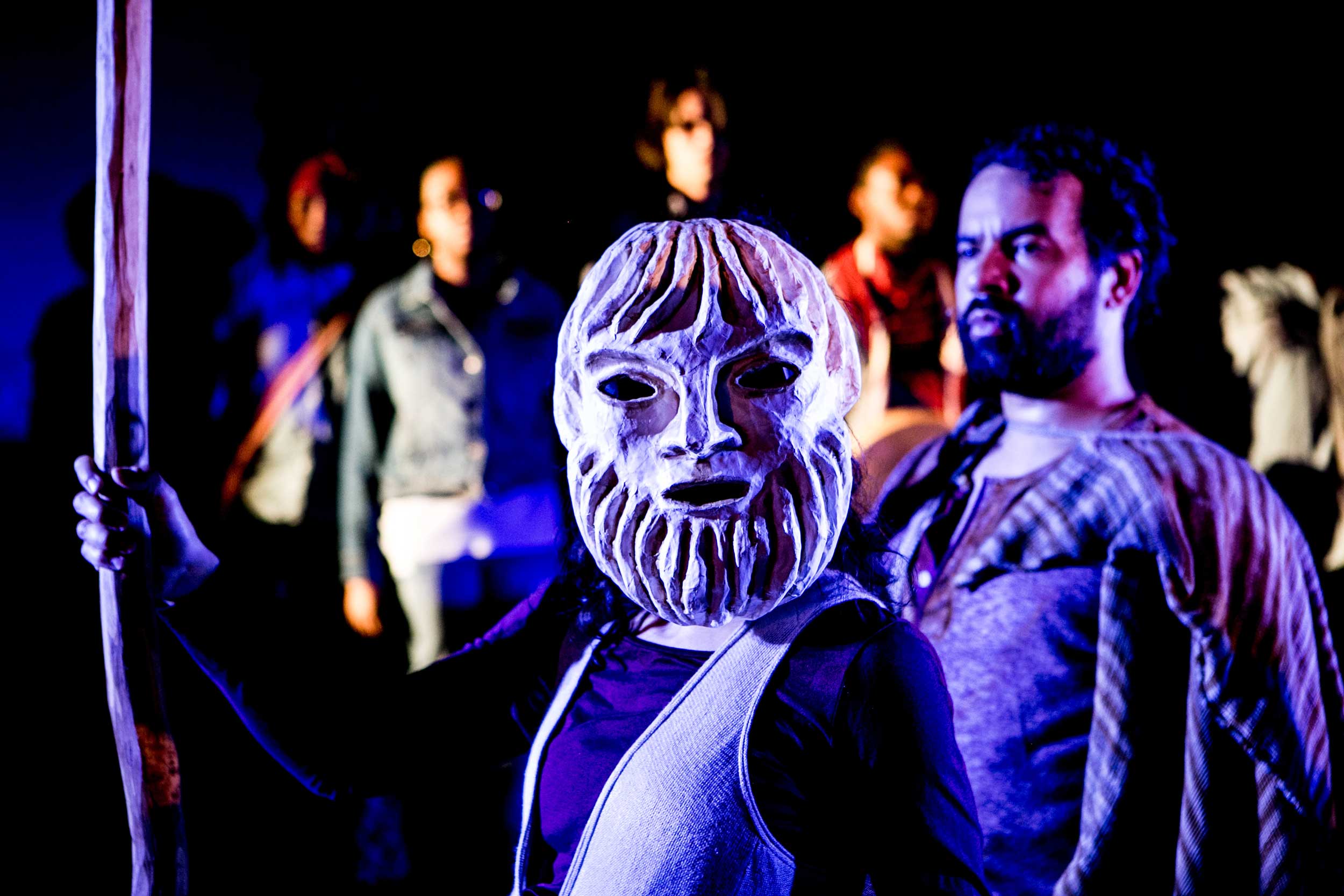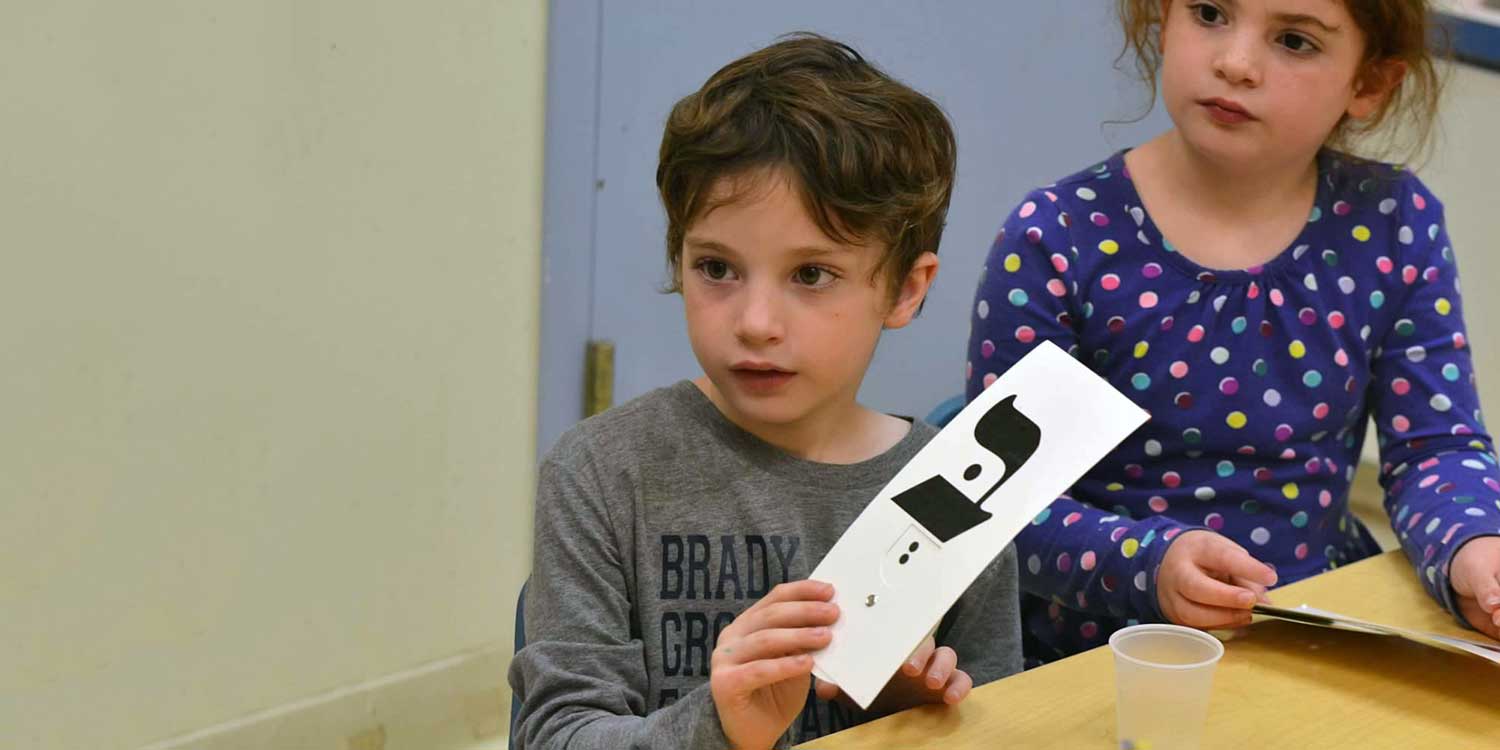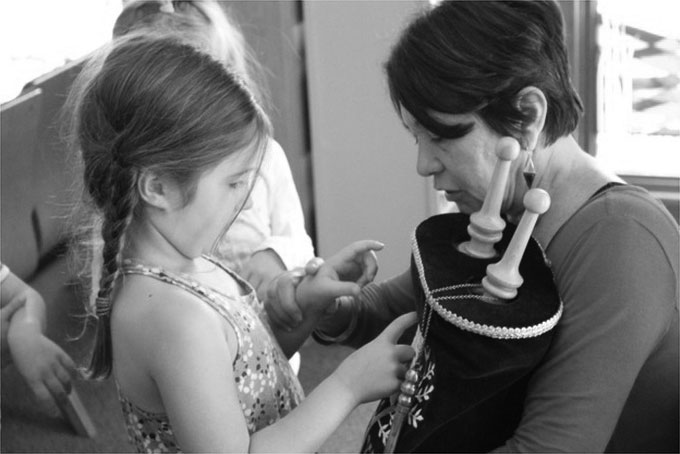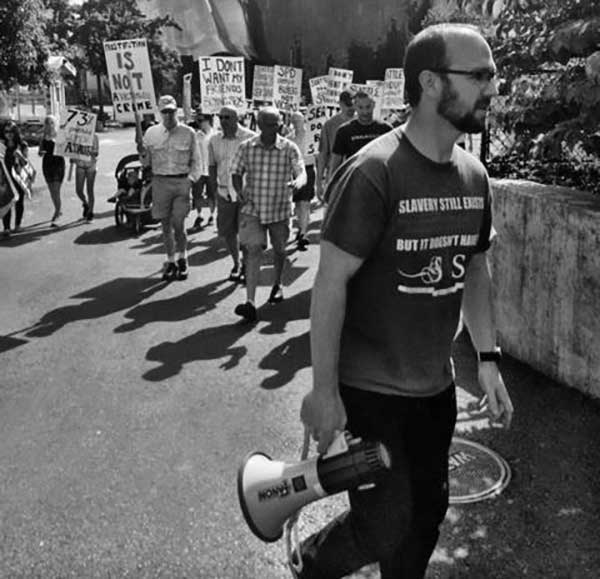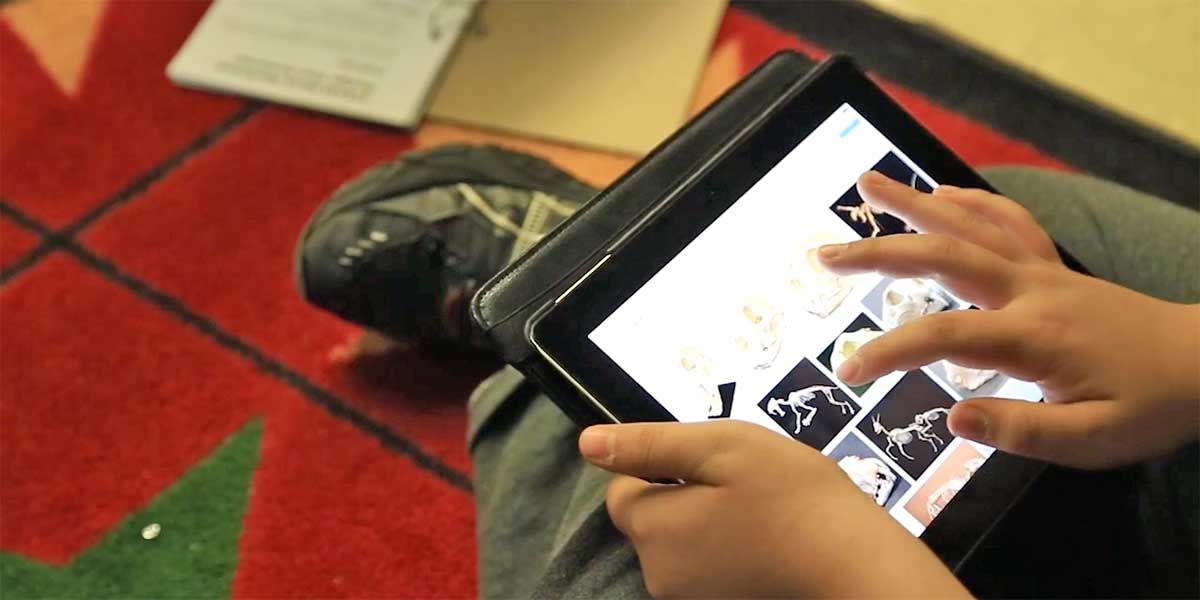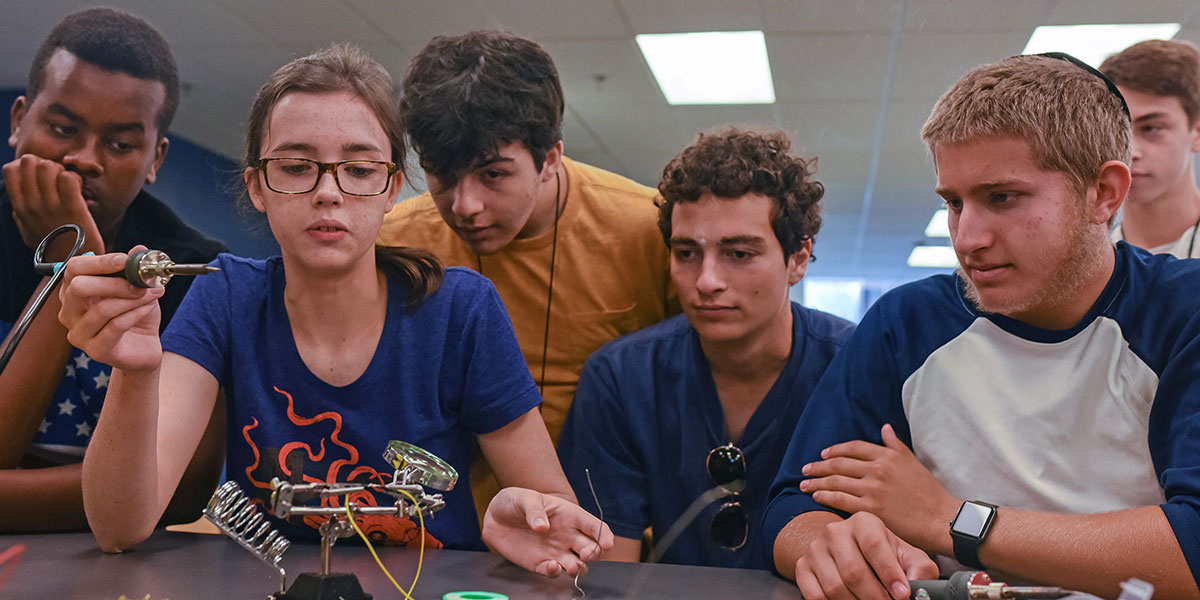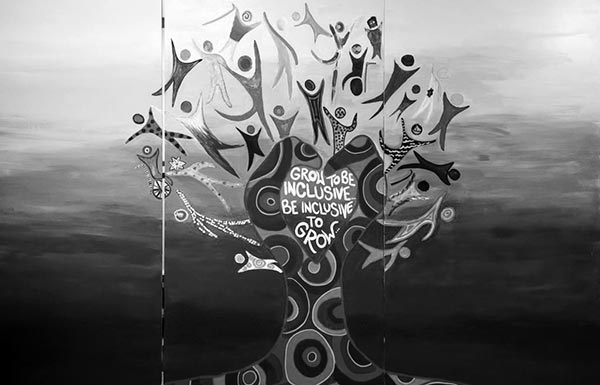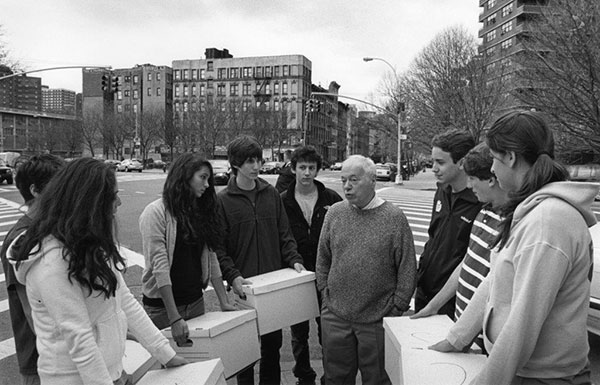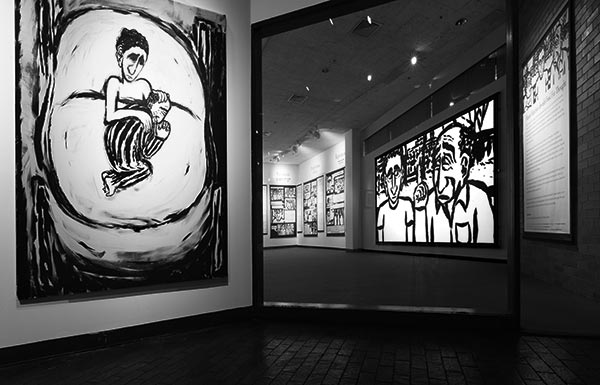
ARTICLE Meaning-Making for Teens: An Interview with Deborah Meyer
These days, you don’t have to look far to find a mindfulness meditation class or a weekend retreat offering spiritual guidance, organic food, and long rural hikes. Authors make millions writing books about how to think your way toward happiness, podcast hosts espouse the virtues of silence, and our nursery schools teach yoga to toddlers.
These are great developments. Study after study shows that slowing down, breathing deep, and clearing the mind has myriad benefits for our health and well-being.
And yet, for as long as there have been teenagers, there has been tension, anxiety, and isolation--the opposite of inner peace. The news is filled with stories about teenagers arriving on university campuses distressingly unprepared for the pressures of college life. Issues of gender and sexuality, now more public than ever before, remain uncharted territory in most classrooms and homes.
How can Judaism help? How can we reach the post-Bar Mitzvah pre-college cohort, in such a crucial developmental moment, but so often closed to more conventional modes of engagement? What is the gateway through which we can draw teens into a safe space, keep them there as they find their footing, and send them out into the world more confident, grounded, happy and free?
“I think we have to first ask ourselves: What helps us connect to that still small voice within us—kol dmama daka?” says Deborah Meyer, Co-Founder and Executive Director of Moving Traditions, a Jenkinstown, Pennsylvania-based organization that works to help Jewish teens explore and connect to their identity and society, through the nationally recognized Rosh Hodesh: It's a Girl Thing! and Shevet Achim: The Brotherhood programs. “Is it a question of setting, or is it the focus of the setting? What helps us feel prepared and receptive, what helps us share ourselves?”
Sharing is key to the success of both of Moving Tradition’s cornerstone programs. In Rosh Hodesh: It’s a Girl Thing!, over the course of a 5-year curricular cycle, in monthly meeting groups for girls ages 11-18, participants are given space to meet and “articulate their deepest concerns, consider the impact of gender on their daily lives, have fun, and be ‘real’ with their peers.” The lesson plans touch on a bunch of different modalities—cognitive, emotional, physical and spiritual. “As girls come up on adolescence,” Meyer explains, “they also come up against a wall of anxiety about what it means to be female. In the Rosh Hodeshcurriculum, we draw on Judaism and Jewish life to try and help our kids stay healthy and whole.”
And while they differ for the girls and the boys, ultimately, the curricula for both groups are meant as “building blocks” for the group leaders upon which they can erect a structure that’s right for their particular cohort. “[The mentors] are the chefs for a group whose palates they know well,” Meyer says.
Meyer and her colleagues understand that so much rides on selecting a mentor who connects with his or her mentees. Such a mentor will aid in setting the right tone and intention within any group, and help create an environment of trust where there’s no fear of ridicule.
“Our mentors have an understanding of who teens are and what the issues are in their lives; they have a deep respect for the teen experience; in their groups, they expect the teens to have the capability to have conversations with depth, and they give them the opportunity to puzzle things out. They don’t patronize or spoon feed them,” Meyer says as she explains the mentor training process.
Initially funded by a Covenant Foundation grant in 2002, Moving Traditions now trains mentors at several conferences held across the country each year (this year, there’s one in Chicago in July, LA in August and Philly in October).
Moving Traditions also employs 6 regional directors who work with the Jewish education community partners in their areas to share learning about the Moving Traditions model and help local Jewish educators more effectively relate to teens and replicate the Moving Traditions programs.
One of the main things the regional directors look for when identifying potential partner institutions is a place where there are enough kids to help position the programs within those communities effectively.
“Ours is not a classroom program,” Meyer explains. “Our preferred way of situating our program is on Sunday evenings, as an opt-in, not a required thing. It’s best to have plus or minus 10 kids; a minyan is a good amount.”
For the group to really connect and have fun and useful experiences, it’s suggested that they meet once a month. That’s enough time in which to form bonds, but not so much of a requirement that the schedule further weighs on teens with an already-heavy extracurricular life. Groups generally meet for two hours, and the bar is very low. “We like Sunday evenings,” Meyer says, “because it allows the kids to sleep late, and come to the group in their sweatpants. For the girls, this can mean ponytails and no makeup. We want them to feel as comfortable as possible.”
Many Rosh Hodesh groups ultimately meet for multiple years, and the curriculum is designed so that once the girls begin to understand how the group is structured, they can take on the responsibility of forming their own groups in college and even graduate school.
“Something I’m continually struck by,” Meyer shares, “is how touched the girls are to be in community together and how much they value this time. They tell us, ‘this is the place I can really be myself, this group helped me get through high school, and I can count on my friends in this community to be there for me.’ And to provide this kind of touchstone, to extend that support from the Jewish community to our teenage girls and boys, means we are more likely to see them remain connected, and to see them grow into healthy young women and men.”
And what about the young men? “Many Jews boys feel very positively about being Jewish,” Meyer says, citing research that Moving Traditions has done to this end. “They are proud of having had a Bar Mitzvah, but they don’t like Jewish programming, necessarily. There’s a huge drop off of boys involved in Jewish programming after their Bar Mitzvah, around age 14.”
In fact, statistics show that fewer that 20% of boys are connected to the Jewish community in any significant way. “We understand that for many boys, they reject and resent what they see as preachy, dogmatic, parent-adult centered programming,” Meyer says. “But if you begin to think about what’s going on with them, and work to encourage them that there is a place for them in the Jewish community, you can address a “problem” that otherwise will continue in their lives.”
So lets say you get a group of 15-year-old boys assembled. It’s a Sunday evening, they shuffle into the room. What happens? Where’s the magic? How do you keep them coming back?
“It’s not about teaching kids Judaism,” Meyer says. “It’s about having conversations about meaning. What it means to be a human being and what it means to be an adult. What it means to live within a community. What it means to invest in ourselves and the wider world. This is what kids want. These group sessions are all about self-discovery, asking fundamental questions about identity and society.” And it all comes back to having the right mentor in place.
“Mentors need to be excited about their work, and understand that the conversation in these groups will not be linear and there will be some noise; they should have a sense of play,” Meyer says, citing some of the critical ingredients for a successful mentor-mentee relationship. To this end, one of the things Meyer and her colleagues have found is that group leaders remain in touch with their mentees five years later.
“When you look at research about boys’ development,” she explains, “and about how they learn, you understand that it’s critical for them to have a mentor.” Meyer also says that for many boys, if you approach them and present yourself to them authentically, they will open up and connect to you. But if you’re not authentic, they will shut down, unwilling to say the things one might want them to say, or to repeat things by rote.
“As a mentor, you have to have a sense of boundaries,” she says. “To understand, ‘I’m the adult, they’re the kids, and kids are going to say inappropriate things and try to push my emotional buttons and really, they’re just trying to understand their limits and they’re testing me.’ A successful mentor has to be mature enough to understand where these kids are coming from.”
And it seems that they do. According to data collected by the organization, in the 2014-2015 academic year, Moving Traditions partnered with over 100 Jewish institutions and reached more than 1300 boys with the Shevet Achim program. This is more than twice number of post-Bar Mitzvah aged boys who were reached when the program first launched in 2011.
Given the success of Rosh Hodesh and Shevet Achim, it is heartening to know that Meyer is looking forward, and thinking about other ways in which Moving Traditions can create targeted Jewish programming to address the myriad issues teens face.
“Right now, we’re piloting some programming that will aim to help girls of all faiths fight sexualization,” Meyer shares. “Seeing yourself as a sex object takes away agency, it’s disempowering, and yet, kids today are under tremendous pressure to see the world in a sexualized way, in large part thanks to targeted advertising and online pornography. We’re looking to address issues of sexuality, consent, intimacy and relationships with kids in high school who are already experiencing or at least thinking about these things, and prepare them to have a healthy sexual ethic.” She adds that in their curricular development, Moving Traditions staff and educators are also thinking a lot about trans and gender queer kids, and how they can meet the needs of those cohorts, beyond single-sex programs, and what Jewish educators need to be thinking about in those areas.
“Judaism has excellent content to draw from on these topics,” she adds.
In fact, Meyer notes, not incidentally, the basic building blocks of Judaism give us so many opportunities to find moments of intention, and we don’t have to wait until the teen years to implement them with our kids, either. As parents, in the home, we can easily find ways to make space to listen to our kids.
“It doesn’t have to start with teens,” Meyer urges. “The great thing about Judaism is that it gives us ready-made moments; as we leave the work week and move into Shabbat—you can find still small moments to connect to your kids in safe and loving way.”
“Kol d’mama daka,” she repeats, once again invoking the biblical quote. “It’s where it all starts.”

